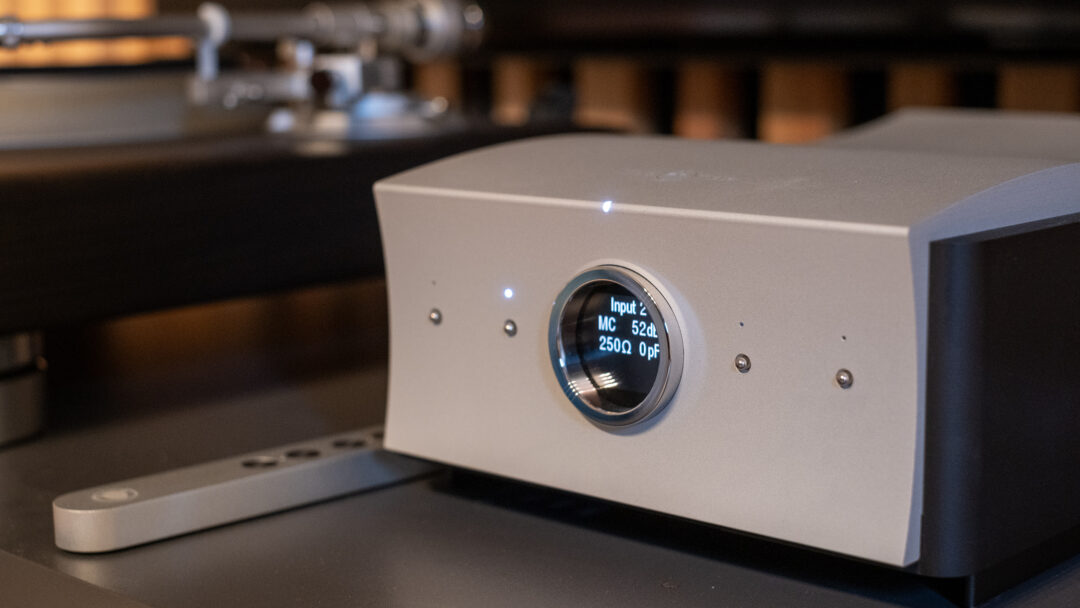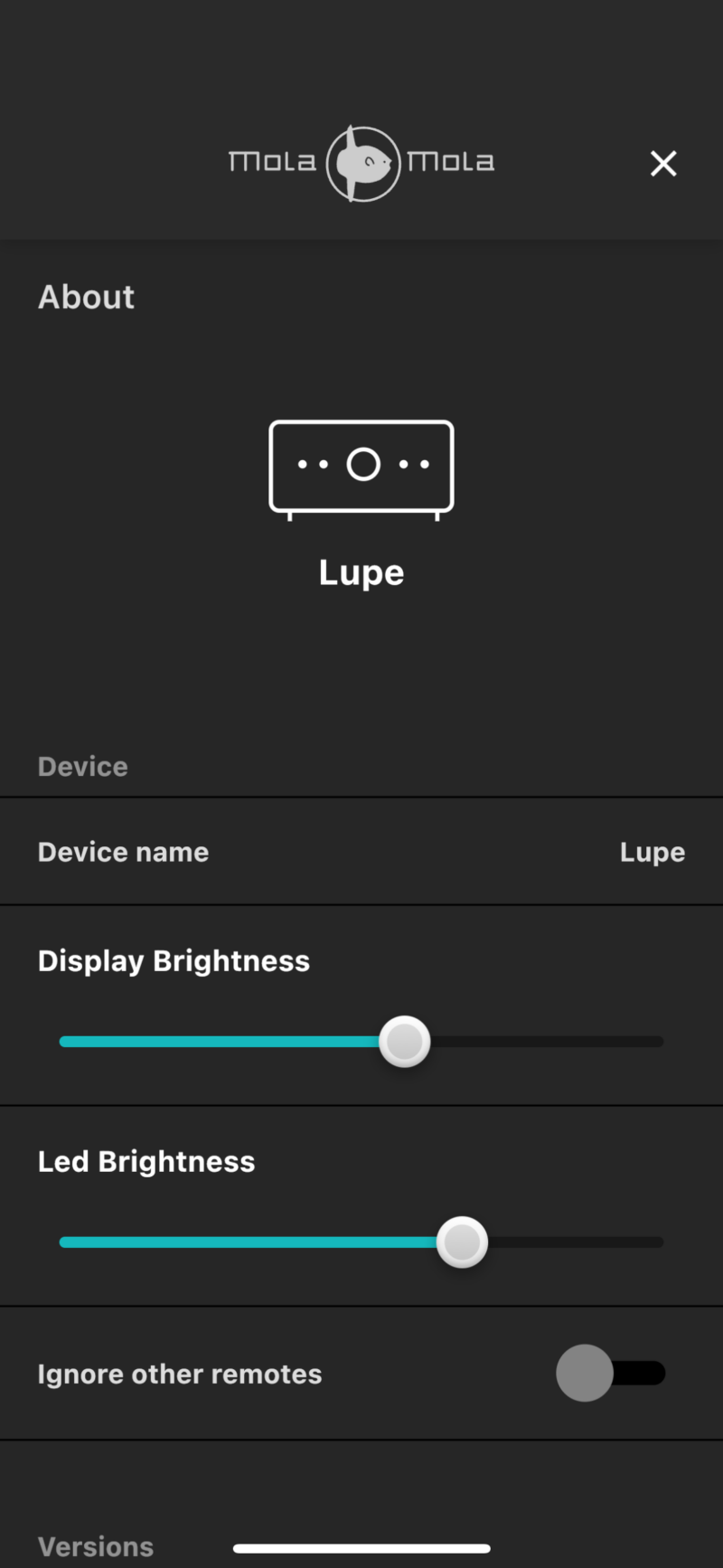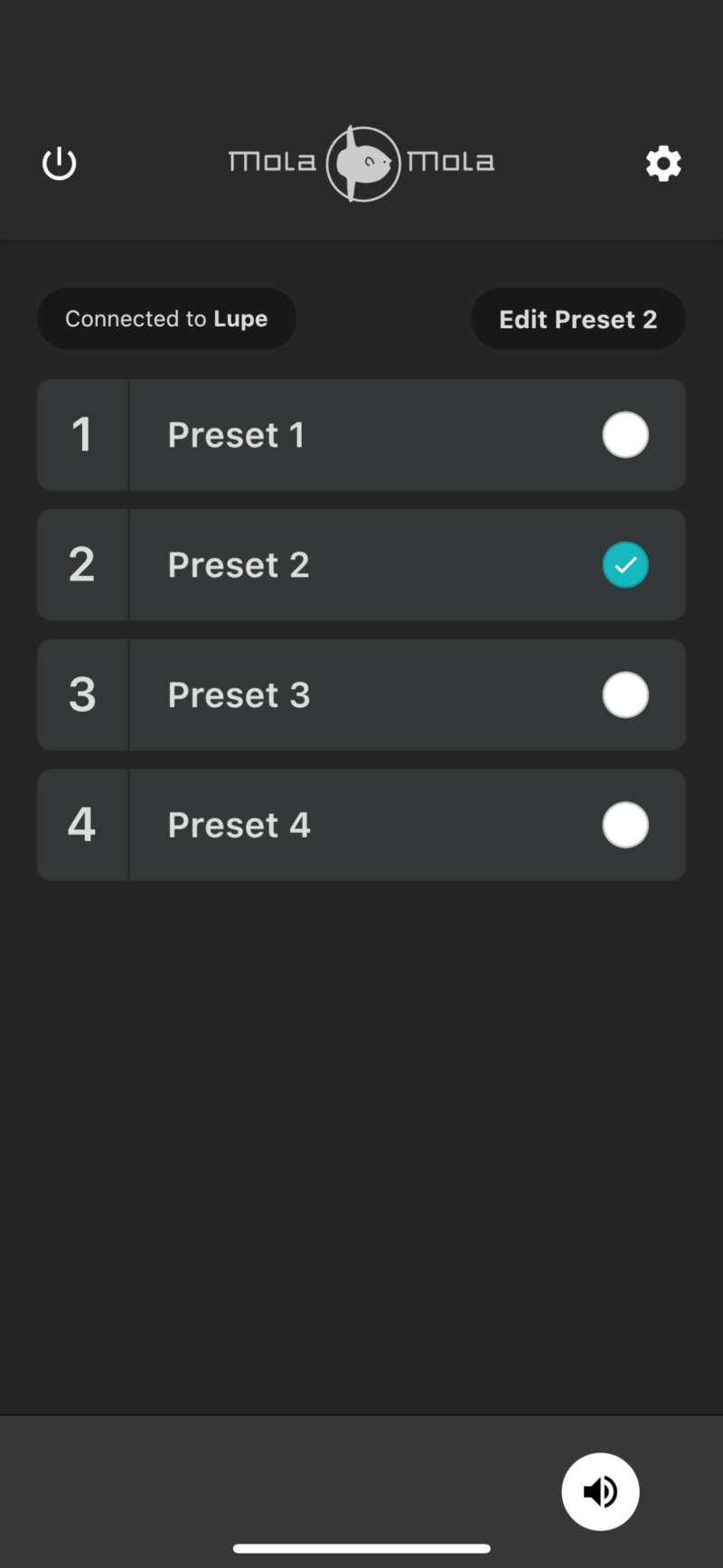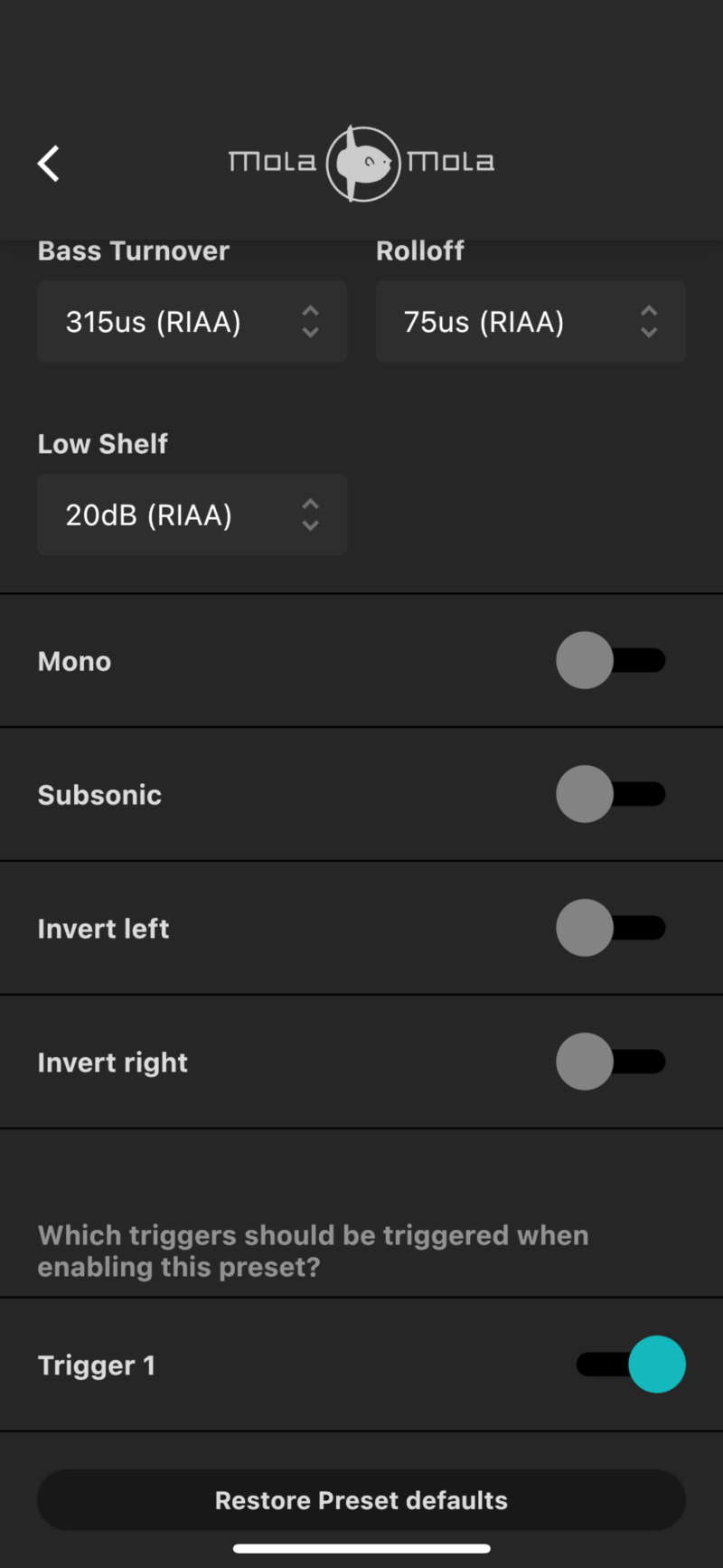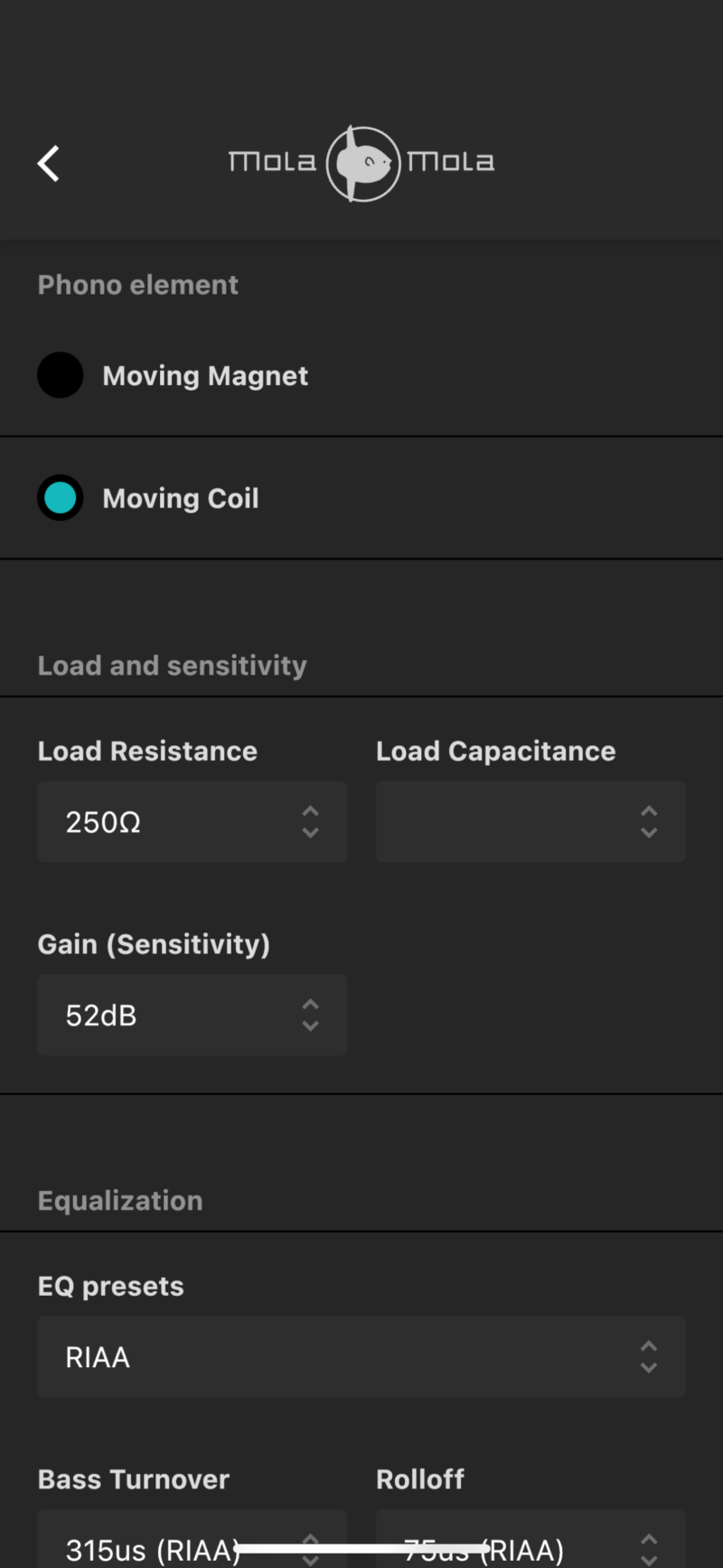The sound of the piano is crystal clear. As if carved out with a scalpel. At the same time, the notes float weightlessly into space, creating a warm, almost organic atmosphere. Jan Gunnar Hoff’s otherworldly piano playing rarely sounds as good on vinyl as it does right now.
Interestingly, it’s not because I’ve set up a multi-million dollar turntable. Not at all. The 2L recording of Jan Gunnar Hoff’s album Living is spinning on the new direct-drive Denon DP-3000NE. Mounted on a Denon DL-103R, an upper budget MC pickup whose qualities are undisputed.
It’s a combination in a higher price range, yes, but we’ve tested much more expensive players and pickups and rarely got the same sound from the Living album.
The difference this time is that the Denon pickup sends its 0.25 mV signal directly into a Mola Mola Lupe. A brand new phono stage from Dutch Mola Mola that we haven’t seen before. This means that the Lupe has some similarities to Gold Note’s excellent PH-10, which we tested earlier in 2023.
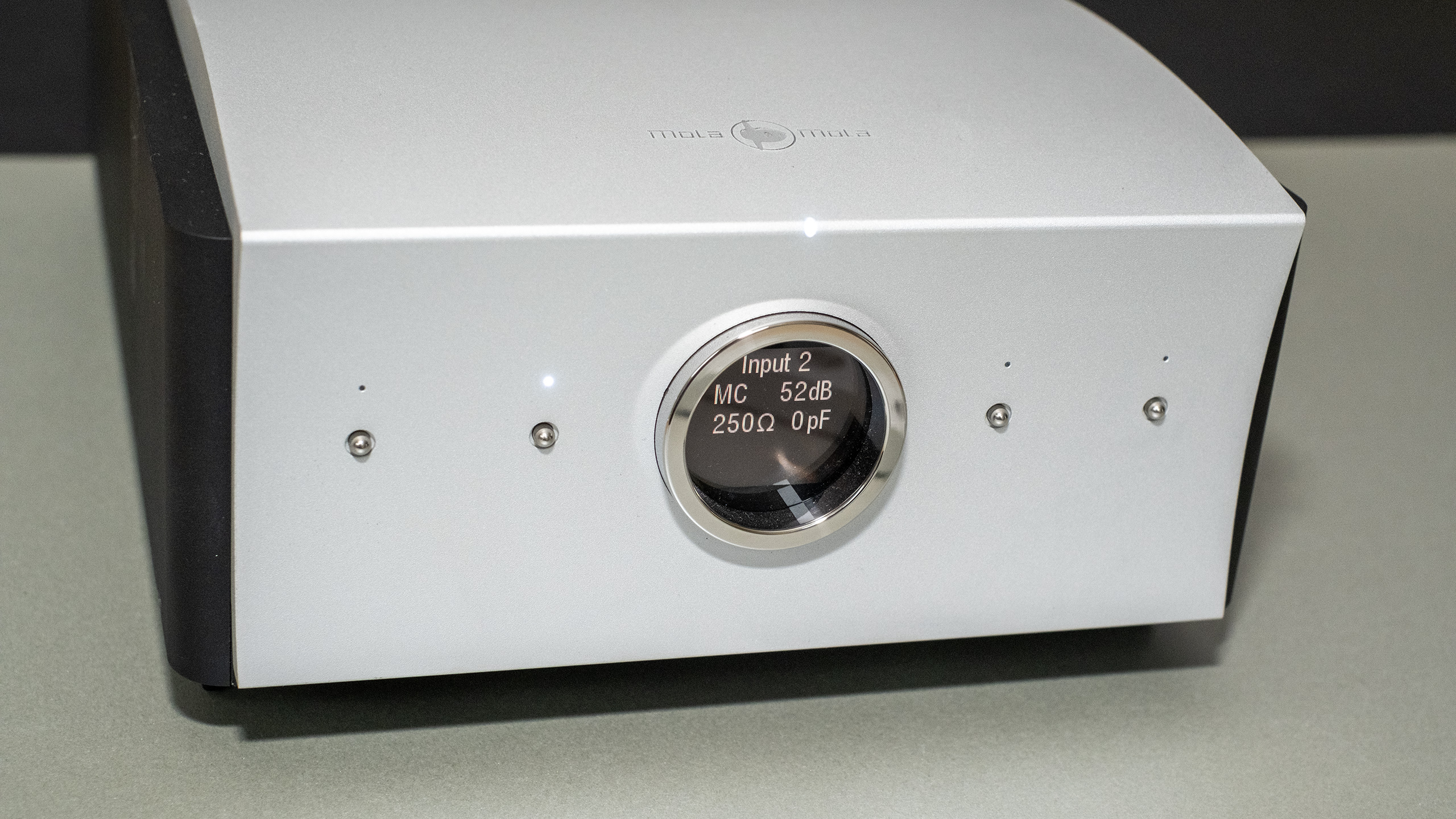
They’re both RIAA stages, or phono stages, where you can select and set important parameters like load impedance, gain and actually select the recording curve from a long list. Which includes all the most common ones like the RIAA curve and a whole host of much rarer recording curves – for 78s, Shellac, mono and more – that most people alive have either never heard of or have long forgotten about.
The Gold Note PH-10 unlocks sounds you've never heard from your vinyl collection. And it's one of the most user-friendly phono stages we've tested.
Lupe is more lavish than the PH-10 with a total of four individually configurable inputs. One is balanced, while the other three are unbalanced inputs. This is where it differs from most RIAA stages, which only have one, maybe two inputs. Here you can choose what kind of load impedance you prefer for either an MM or MC pickup, Gain, or amplification, can be set in two steps for MM and eight steps for MC.
App control
The capacitance for MM can be selected in seven steps, and Lupe also has time constants for bass and treble that can be customised in milliseconds. These can be used to fine-tune the bottom and top roll-off, and are only used if the recording doesn’t match the selected recording curve 100 per cent. The bass can also be adjusted in dB and a subsonic filter is included.
That brings me to the app, which is available for iOS and Android. You need to download it to be able to configure anything on Lupe.
This is where you’ll find all the adjustments for all the inputs. Which can have a wide range of settings and which you can use with different players or pickups. You can scroll through the inputs with the included remote control, but as soon as you need to make an adjustment, open the app on your mobile phone.
RIAA boards
From the manufacturer I had not heard of, comes a truly unique DAC. In fact, Mola Mola Tambaqui is the best I've heard.
According to Mola, Lupe is the result of the RIAA board they developed for the Makua preamplifier, but customised for a separate enclosure and placed in the same half-sized enclosure that Mola uses on the Tambaqui DAC.
Here, the MM and MC circuits are separated with discrete components for each, and with as short a signal path as possible. A customised power supply is built into the slim enclosure, which also has balanced and unbalanced outputs.
The circular screen on the front is small but easy to read and shows the most important parameters, but no more than that. If you want to make any adjustments, as mentioned, you have to do it in the app.
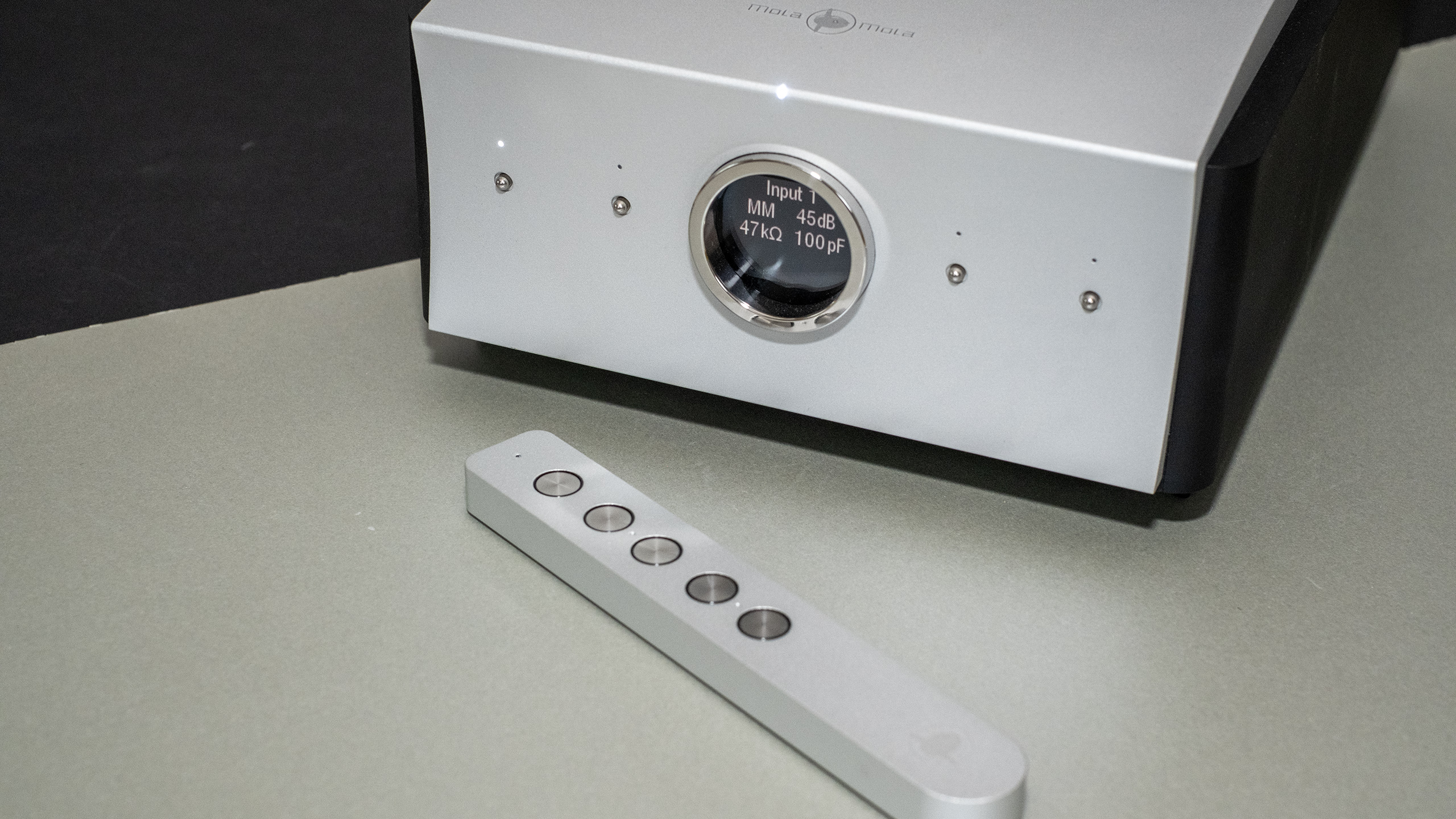
The sound of silence
I replaced Jan Gunnar Hoff with Pat Metheny’s Side-Eye NYC, recorded at Sony Hall in 2019, and the sound that spread out into the room was warm, rich, pleasant and completely free of background noise.
Metheny’s soft guitar sound filled the room and the contrast between the musicians’ instruments could hardly have been greater. Even the smallest nuances were evident in the soundstage, even in the bass, where vinyl can lack the tight authority of a good digital file. That wasn’t an issue here.
I was presented with a deep perspective with a stereo image that was as stably defined as I’ve rarely heard on vinyl. The dynamic contrast proved to be excellent, to say the least. Dire Strait’s dynamic Love Over Gold gave percussion both weight and precision, while Mark Knopfler’s guitar was as focussed as Jan Gunnar Hoff’s piano sound. At the same time, the speakers were completely silent when I lifted the pickup from the grooves.
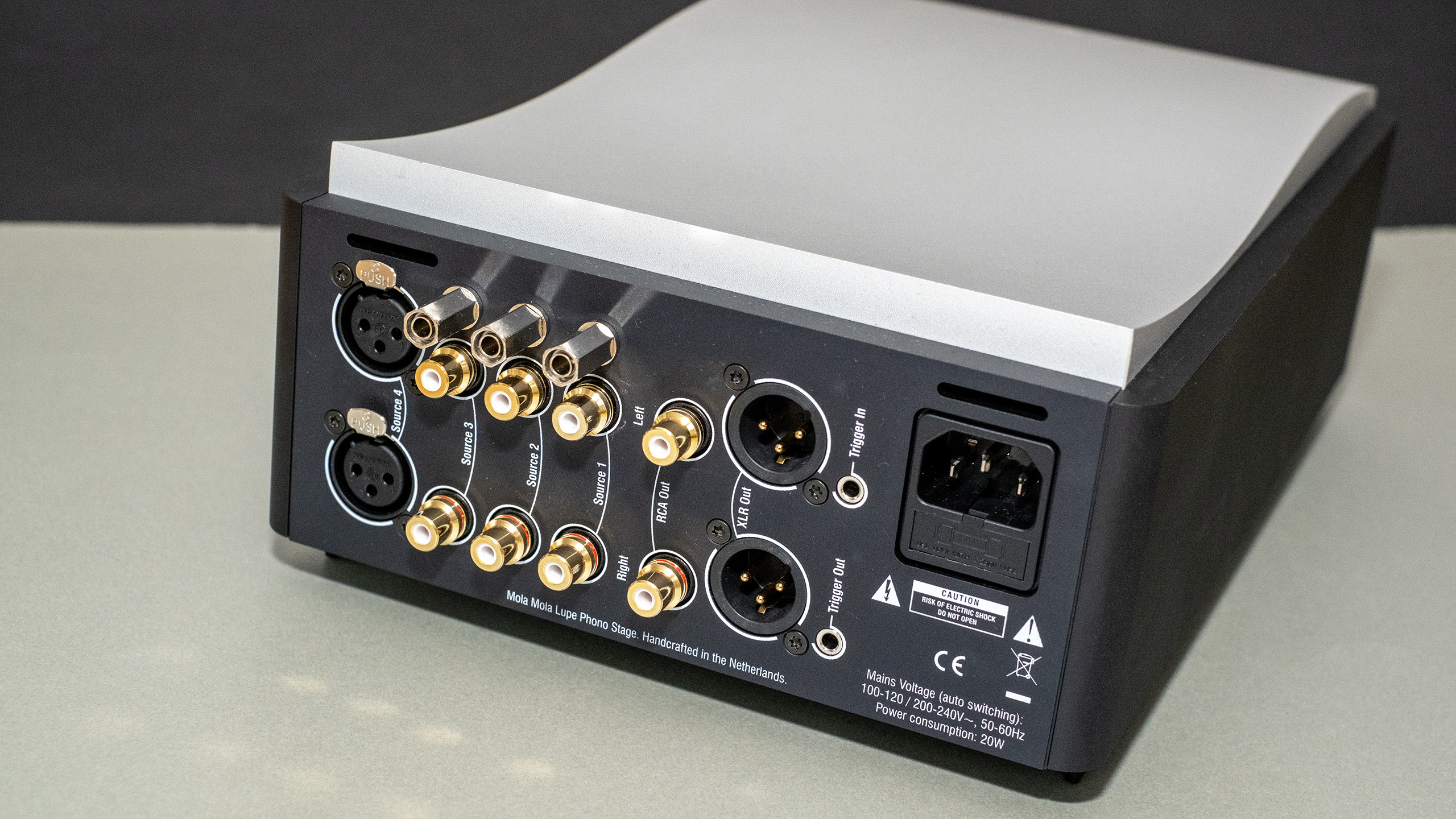
I moved the Love Over Gold to a Technics SL-1200 with Ortofon Cadenza Bronze. A lightning-fast MC pickup that doesn’t need quite as much gain as the Denon cartridge. With this combination, the Lupe really lived up to its name. I don’t think I’ve ever heard so much insight and detail from Love Over Gold.
Bruce Springsteen’s Western Stars, on light blue vinyl, isn’t exactly the most forgiving record. The sound is dark, almost murky, but Lupe somehow manages to bring clarity to the sound and make the worst tracks on the album bearable.
Mola Mola Kula is a unique amplifier. We have probably never heard this abundance of details ever!
The sound of the Lupe is primarily characterised by the fact that there is no sound signature. The more expensive Audio Research PH9 sounds more airy, while the cheaper Gryphon Sonett has a juicier bass and slightly more dynamic contrast at the bottom, but neither is as quiet and neutral as the Mola Mola Lupe.
Back to Jan Gunnar Hoff and Living, this time on Technics and Ortofon, only makes me even more convinced that the Lupe is one of the finest RIAA stages on the market. Here, the dynamic contrast is greater, it’s almost overflowing with tonal nuances and the nerve of the music comes even closer. This is absolutely marvellous.
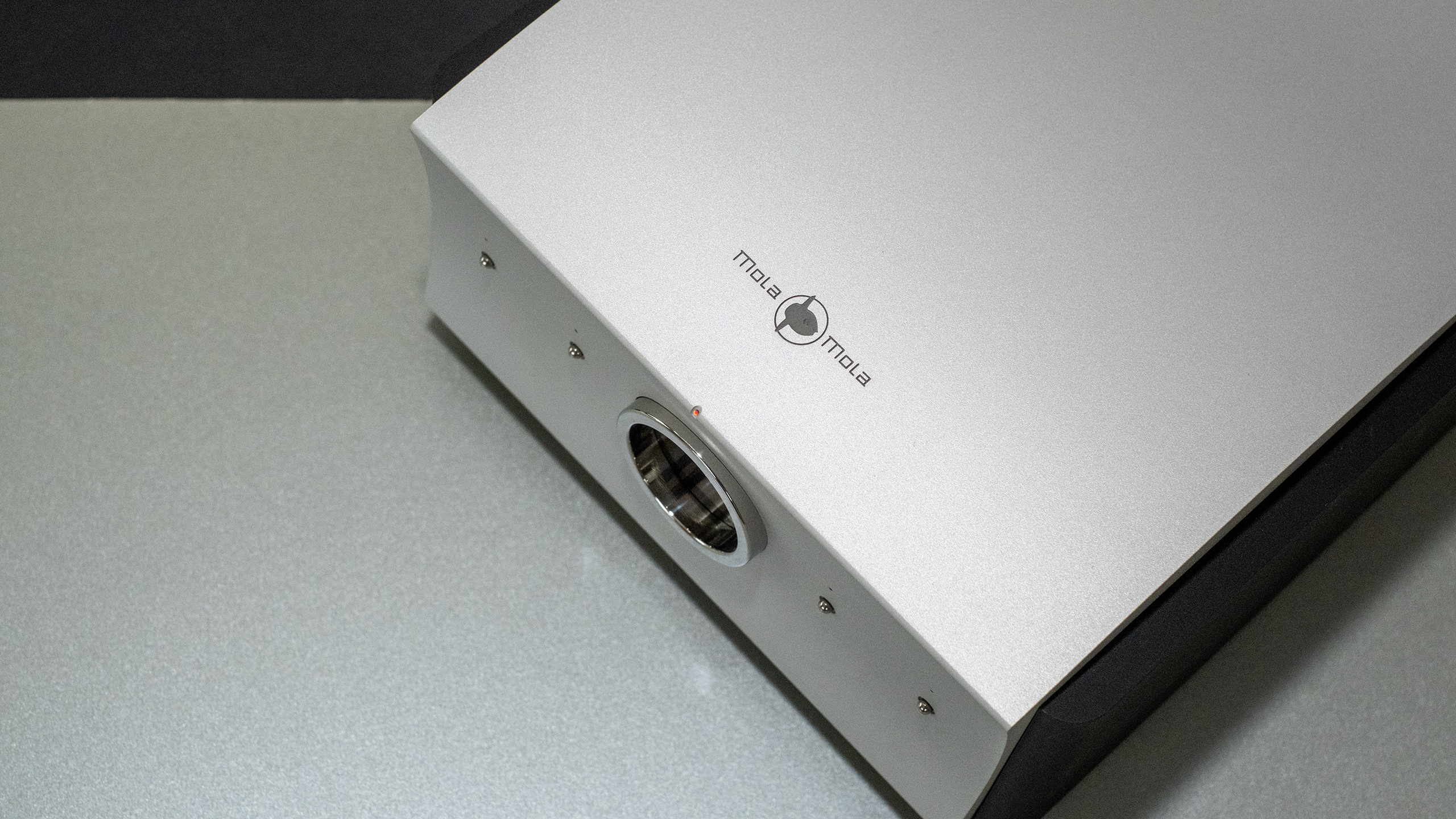
Conclusion
With four inputs and every conceivable adjustment option, the Mola Mola Lupe is a perfect tool for those who have multiple turntables and different pickups. Perhaps especially those who have a record collection that stretches from the shellac era to LPs, and for that reason alone must have multiple cartridges. Or turntables. Even those with only one player and one pickup can benefit from the Lupe, which is so adaptable that it fits everything. If you also like the fact that the phono stage doesn’t colour the sound or get in the way of the information the pickup digs out of the grooves, Lupe is easy to recommend. The only thing standing in the way might be the price.

We think
Quiet, compact and extremely flexible. No defined sound signature. Advanced in-app configurator. The price.
7990 €
Specifications
- Type: Phono preamplifier for Moving Coil and Moving Magnet pickup
- Technology: Discrete transistor, symmetrical dual mono
- Connections: 3 x RCA unbalanced in, XLR balanced in/out, trigger, Bluetooth
- Load in ohms: 60, 100, 150, 250, 400, 470, 650, 1k (MC) 18k – 120k (MM)
- Capacitance: 50-380 pF
- EQ: RIAA, Decca, Capitol, Columbia, etc.
- Gain: 52-87 dB MC, 45 and 50 dB MM
- Signal to noise: not stated
- Dynamic range: not stated
- Dimensions and weight: 20 x 11 x 32 cm, 5.1 kg
- Other: iOS/Android app control, remote control
- Web: mola-mola.nl
